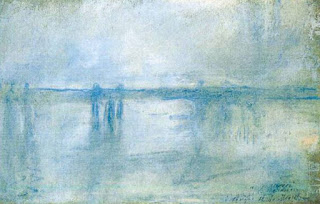Saturday, August 10, 2013 -  cultural property,ICOM,illegal trafficking,Noah Charney,Spring 2013,the Journal of Art Crime
cultural property,ICOM,illegal trafficking,Noah Charney,Spring 2013,the Journal of Art Crime
 No comments
No comments
 cultural property,ICOM,illegal trafficking,Noah Charney,Spring 2013,the Journal of Art Crime
cultural property,ICOM,illegal trafficking,Noah Charney,Spring 2013,the Journal of Art Crime
 No comments
No comments
Noah Charney on "New "Intelligence" Body Will Monitor Illegal Traffic in Cultural Property" in Lessons from the History of Art Crime (The Journal of Art Crime, Spring 2013)
In the column “Lessons from the History of Art Crime” in the
Spring 2013 issue of The Journal of Art Crime, Noah Charney discusses the new
“Intelligence” body founded by the International Council of Museums (ICOM) to monitor
illegal traffic in cultural property.
This new group will be called the
International Observatory on Illicit Traffic in Cultural Goods. It will work as
a bridge between UNESCO, Interpol, and its constituent policing agencies, as
well as other research institutions in the field. The “Observatory” is now
awaiting formal funding approval from the European Commission.
The story of this group was first
broken by Ian Johnston of NBC News. An ICOM official who spoke to Mr. Johnston,
but asked not to be named, discussed how traffic in cultural property is “much
worse” than other types of theft. The contact went on: “ICOM felt it needed a
lot more reliable information and recent analyses of trends, what one would
call the need for ‘intelligence’ when fighting organized criminal activity.”
It has long been known that art
crime is a funding source for organized crime, from small local gangs to large
international syndicates, but the true extent remains uncertain. Until the US
Department of Justice recently remade their website, they stated clearly that
art crime is the third-highest-grossing criminal trade worldwide, behind only
the drug and arms trades, and that it is a major funding source for organized
crime and even terrorism (the new website design no longer has a page dedicated
to cultural property crimes). Interpol has, in the past, reiterated this
information, but currently states that while experts have made such claims, it
simply does not have enough information to confirm or deny them.
The ninth issue of The Journal of Art Crime, edited by ARCA Founder Noah Charney, is available electronically (pdf) and in print via subscription and Amazon.com. Associate Editor Marc Balcells (ARCA '11) is a Graduate Teaching Fellow at the Department of Political Science, John Jay College of Criminal Justice -- The City University of New York.













